Longshore Drift In Simple Terms Longshore drift is the process of the ocean currents forcing sand and other material down a beach The material is first pulled into the currents by the backwash the water going out to
Longshore drift is the name of the process where materials are moved along the coastline Waves approach the coast at an angle Swash carries sediment up the beach at an angle The transport of sand and pebbles along the coast is called longshore drift The prevailing wind the direction the wind ususally blows from causes waves to approach the coast at an angle The swash carries the sand and pebbles up
Longshore Drift In Simple Terms
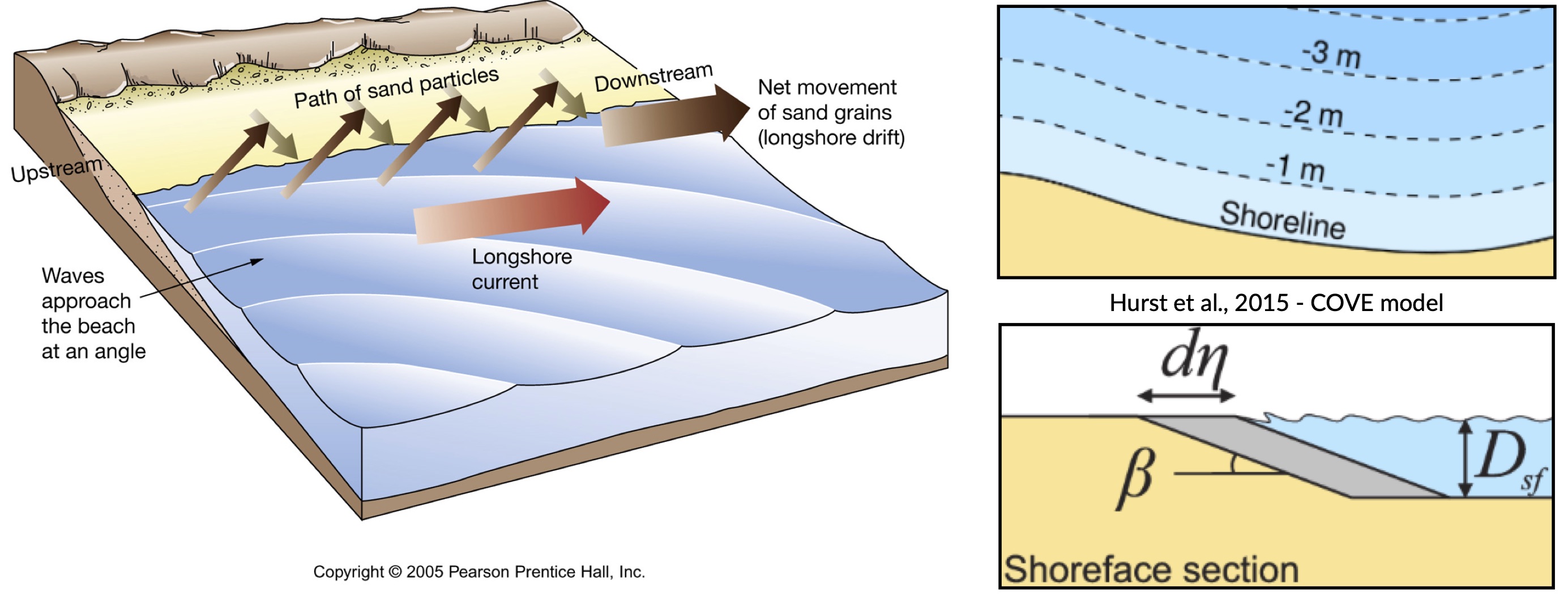
Longshore Drift In Simple Terms
https://tristansalles.github.io/Coast/_images/cove2.jpg

Longshore Drift YouTube
https://i.ytimg.com/vi/Zy_rFk4F0pI/maxresdefault.jpg
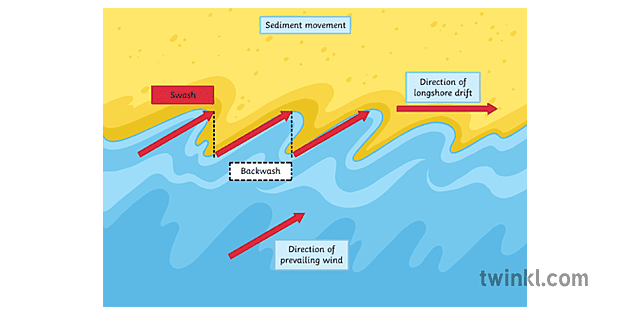
Longshore Drift Labelled Illustration
https://images.twinkl.co.uk/tr/image/upload/t_illustration/illustation/Longshore-Drift-Labelled.png
Longshore drift from longshore current is a geological process that consists of the transportation of sediments clay silt pebbles sand shingle shells along a coast parallel to the shoreline Longshore drift is the movement of sediments along a coast by waves that approach at an angle to the shore but then the swash recedes directly away from it The water in a longshore current flows up onto the beach and
Longshore drift is the a natural process describing a current that often moves mostly parallel to a beach s shoreline While this type of phenomenon has always happened it is largely considered a nuisance In simple terms longshore drift can be described as the movement of sediments along a coast by waves that approach at an angle to the shore The swash or the rush of
More picture related to Longshore Drift In Simple Terms

Longshore Drift Diagram
http://www.geophile.net/Lessons/coasts/images/longshoredrift-current.fw.png

Geography Flashcards Quizlet
https://o.quizlet.com/LO2SfpVO3CA6AoaYEyWB8g.jpg
Solved Activity 5A Identifying Shoreline Features Shoreline
https://www.coursehero.com/qa/attachment/43159514/
Longshore drift is a geological process responsible for transporting sediments such as shingle silt clay and sand along a coast that is aligned to the shoreline relying on prevailing oblique winds Longshore drift is the name given to the process by which beach material is transported along the coast by the action of waves Waves rarely hit the beach at exactly right angles to the coast and are far more likely to hit the beach at an
Longshore drift is the process by which sediments move along the shoreline This is caused by the action of waves which swash and backwash at 90 degree angles along the shore and pick Longshore drift is a process responsible for moving significant amounts of sediment along the coast This usually occurs in one direction as dictated by the prevailing wind For example the

Longshore Drift Made SIMPLE The Geography Teacher
https://tourismteacher.com/wp-content/uploads/2023/04/Longshore-drift-1024x807.jpg

Groyne Gotta Stop That Longshore Drift There Was A Real C Flickr
https://live.staticflickr.com/132/393336744_719ac30b25_b.jpg
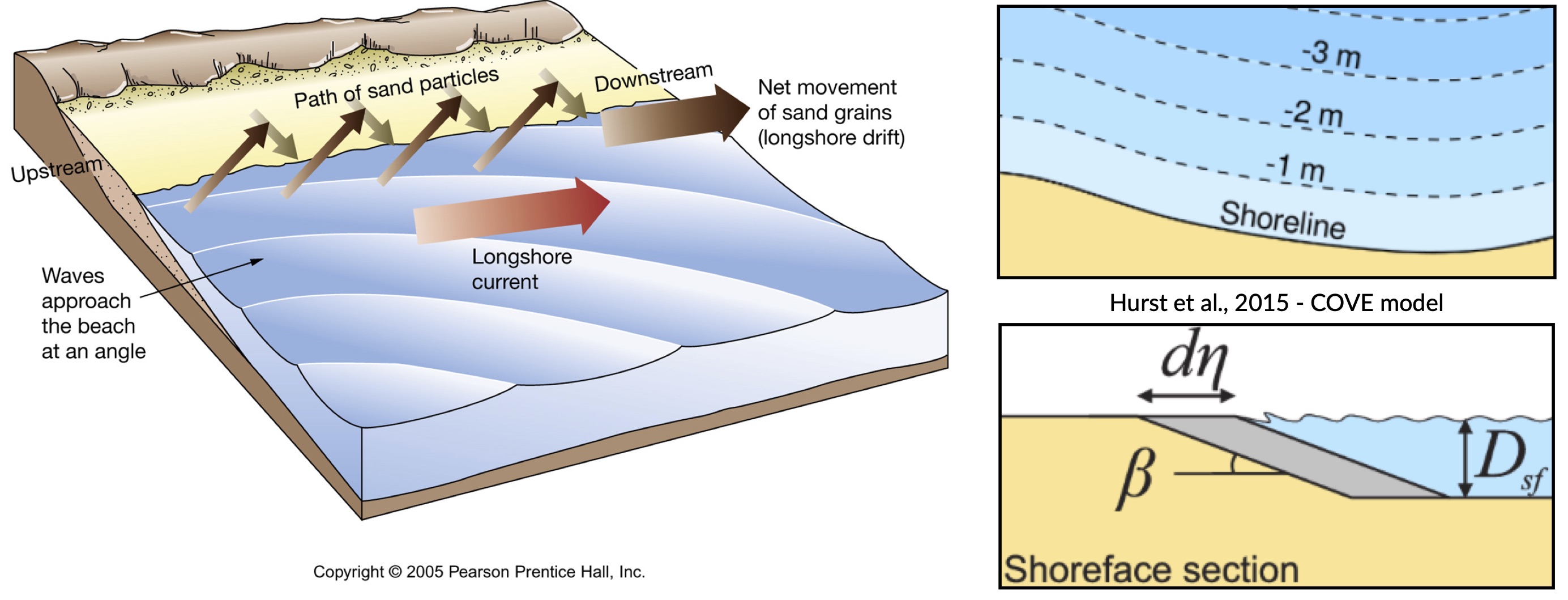
https://simple.wikipedia.org › wiki › Longshore_drift
Longshore drift is the process of the ocean currents forcing sand and other material down a beach The material is first pulled into the currents by the backwash the water going out to

https://www.bbc.co.uk › bitesize › articles
Longshore drift is the name of the process where materials are moved along the coastline Waves approach the coast at an angle Swash carries sediment up the beach at an angle

Longshore Current Animation

Longshore Drift Made SIMPLE The Geography Teacher
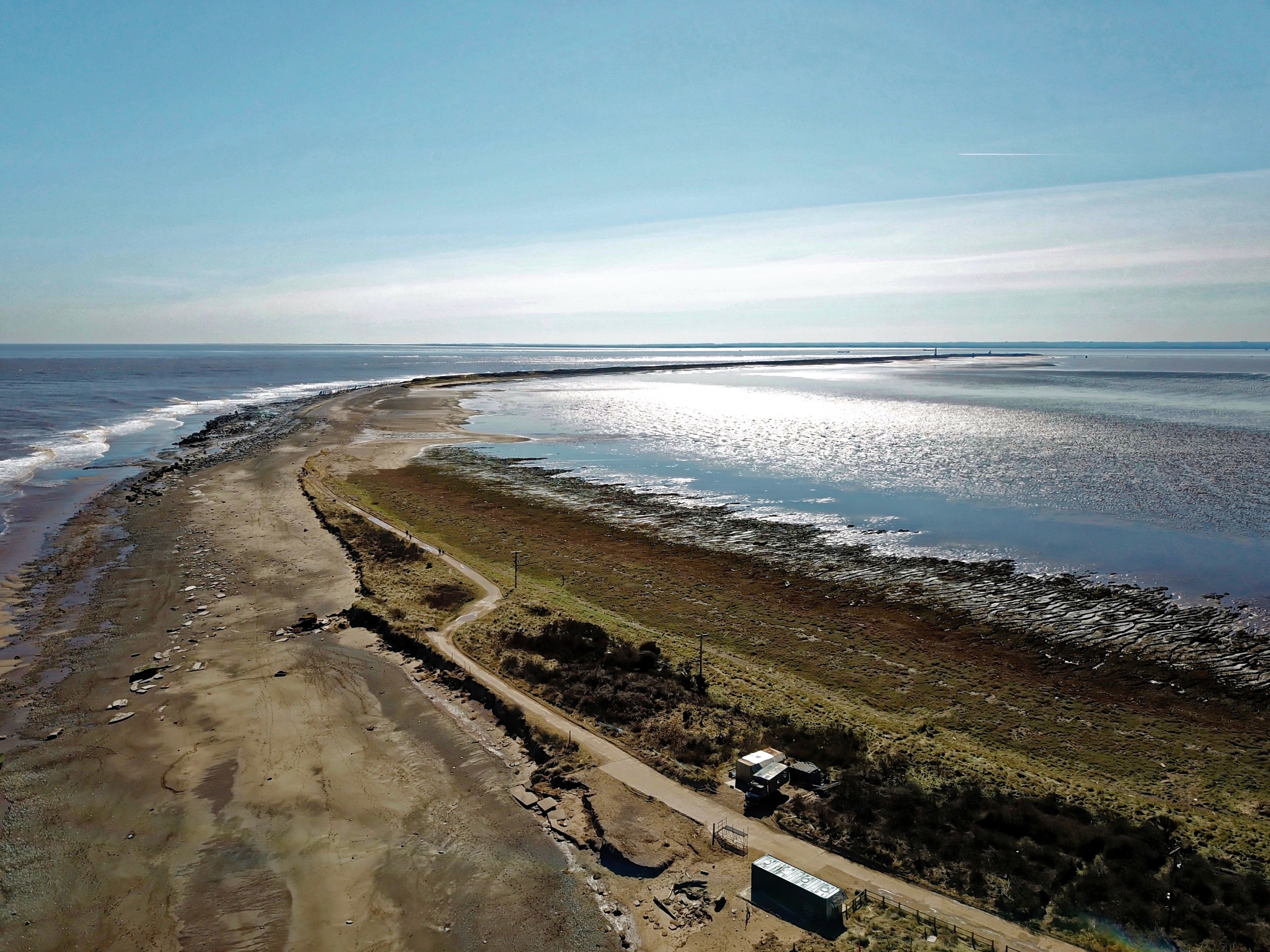
What Is Longshore Drift Internet Geography

Describe The Process Of Longshore Drift

Longshore Drift
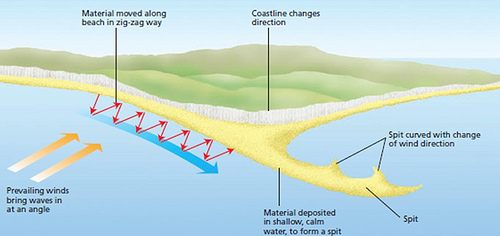
Goose Spit Sign Project Watershed

Goose Spit Sign Project Watershed

Longshore Drift How Do Waves Transport Their Material GCSE

CoastsNew Diagram Of Longshore Drift
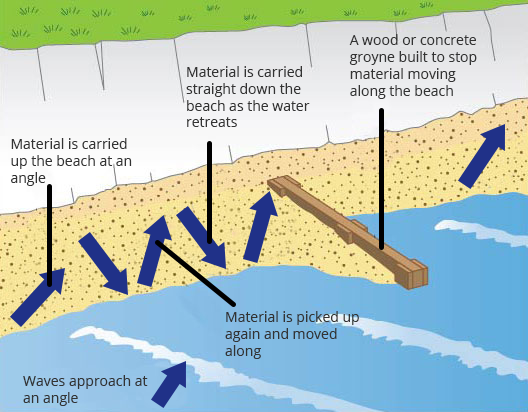
Geography Longshore Drift
Longshore Drift In Simple Terms - Longshore drift causes spits to build up at the mouth of rivers or at the end of a point of land Longshore drift also builds barrier beaches and barrier islands Barriers are long narrow strips